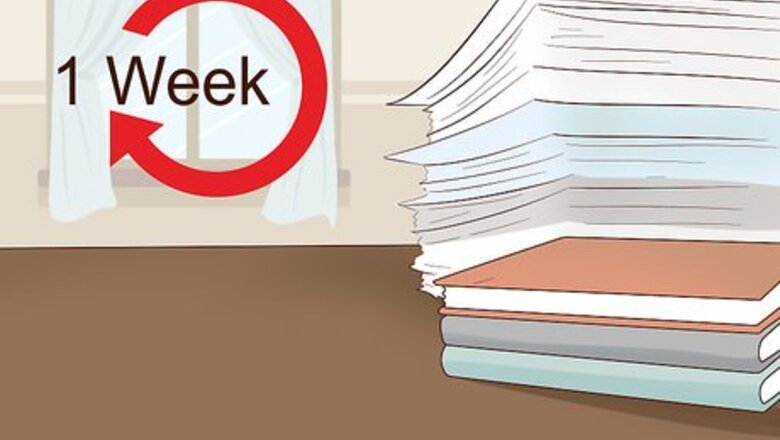
views
Polishing Your Manuscript
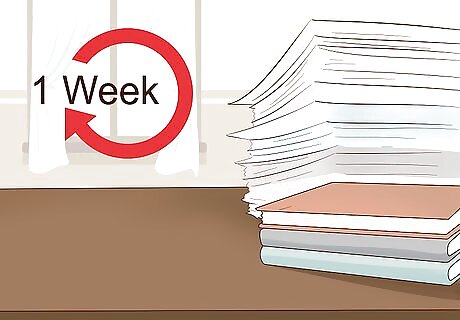
Set your manuscript aside for a week. Work on something else related to your book, like designs for your book cover, finding publishers, or drafting your query letter. Once you come back to read your book, you will have a set of fresh eyes to revise it with. This way, you will be able to see flaws in your book that you couldn’t see before. Writing skills develop most reliably through constant writing. Get in the habit of journaling every day. Reading frequently can also help you gain an appreciation of language.
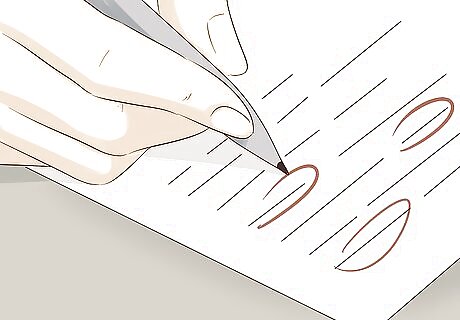
Check your plot for continuity and flow. Make sure the characters behave true to the personalities you have created for them. Conversations between your characters should tie back to the plot as well. The relationships between your characters should also be convincing.
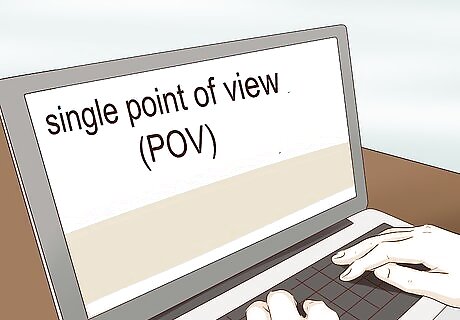
Maintain a single point of view (POV) for each scene or chapter. Each scene or chapter should have only one character’s perspective. When introducing a new character’s POV, make sure the switch is clear. Avoid switching perspectives within a scene, paragraph, or sentence.
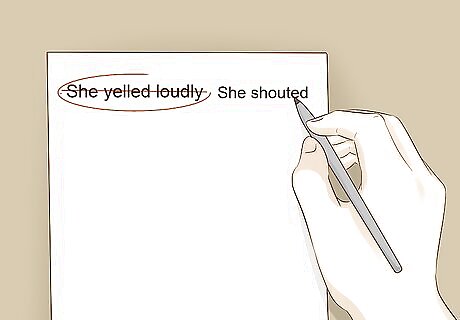
Replace adverbs with stronger verbs. Strong verbs are more descriptive than adverbs. They will get your message across much better than adverbs. By using strong verbs, you can also avoid using too many unnecessary or irrelevant words. For example, instead of saying, “She yelled loudly,” say, “She shouted.” Instead of saying, “He ran quickly,” say, “He sprinted.”

Have your teacher or one of your parents read your book. A fresh set of eyes will be able to spot spelling and grammatical errors, as well as holes in your story or your characters. Take their edits and advice into consideration. If you need a second opinion, then have your other parent read the book. Then revise your book again. The more you write and read, the more you'll naturally feel the texture of words and the more likely you will be able to find your voice and tone without getting bogged down with having to consciously remember grammar rules.

Join a local critique group. Ask your English teacher about local writing groups, or visit your local library to find a list of local writing groups. Go with one of your parents to a meeting. Read your book to other writers, or give it to them to read and critique. Make sure to take their feedback into consideration. Also check out the Society for Children’s Book Writers and Illustrators’ (SCBWI) regional chapters for writing meet ups. You can find these on their website.

Go to a reputable writing conference with an adult. Writing conferences are a great way to find editors to read your manuscript. Some conferences allow their writers to submit their manuscript to editors or agents who have also attended the conference. This is a great way to go around editors and publishers who have the “no unsolicited manuscript” rule. Ask your local public library about writing conference dates and locations.
Writing a Query Letter
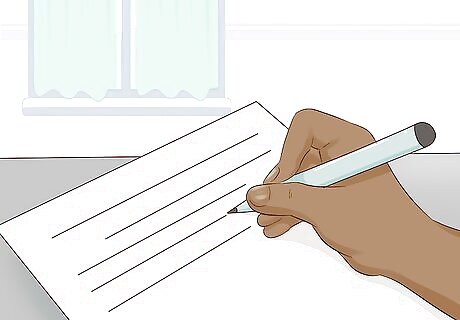
Make the first paragraph your book’s hook. Write 1 to 2 sentences describing who the book is about and the problem or conflict they face. Describe the story’s setting and what year the story takes place. Also, explain why the story is important and what the protagonist has to do to triumph or resolve their conflict in the end. For example, “During the summer of 1921 in a rural Louisiana town, a girl, who has never believed in fate, spots her ring around the neck of another girl. Who is this girl and why is she wearing her ring? Dalia will soon find out that answering this question will make her face parts of her past she has sworn to forget.”
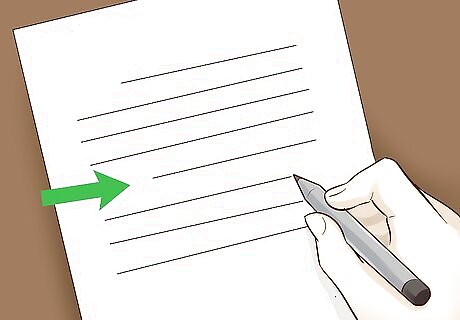
Write a mini synopsis in the second paragraph. Use 5 sentences to expand on the story of your book. Write more information about your main character and the conflict they are facing. Also, describe in-depth how the conflict will change their life. Read inside covers of your favorite novels for guidance on writing a mini synopsis.
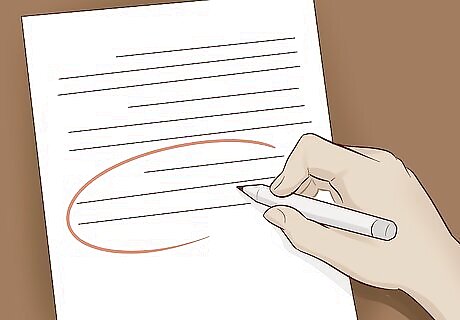
Use the third paragraph to write about yourself. Using a sentence or two, describe your writing experience. Add another sentence describing any awards or writing credentials that you may have such as winning 1st Place in a writing contest, or publishing a story in your school’s newspaper.

Write a strong closing paragraph. Thank the publisher for their time and consideration. Offer to provide the first few chapters of your manuscript, or the whole manuscript upon request. Sign the letter with your name and contact information underneath. For example, “Thank you for your time and consideration. I will provide the full manuscript upon request. I look forward to hearing from you.”
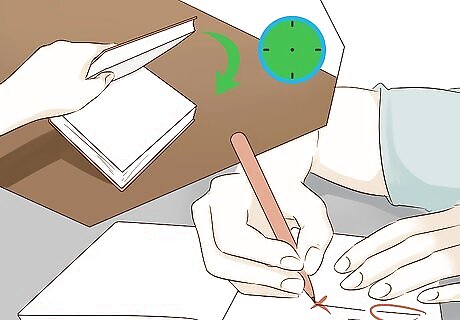
Revise the letter. After you write the first draft, set the letter aside. Come back the next day to review and revise it. Revise it for clarification, and proofread it for grammatical and spelling errors. Remember that the query letter is the first impression of your book. Let your parents or a teacher read and edit your query letter as well. Your query letter should be no longer than a page.
Finding a Publisher
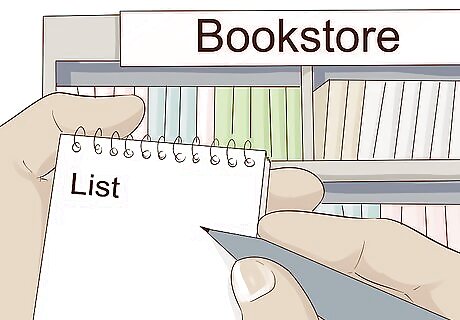
Browse your local bookstore and make a list of potential publishers. Go to the section of the bookstore that pertains to your writing genre, whether it is teen mystery, romance, horror, or novels. Look on the inside cover of books to find potential publishers. Make a list of at least 10 different publishers.

Check the Writer’s Market at your local library. Visit the reference section at your local library to find a copy of the Writer’s Market. Write down the contact information of publishers pertaining to your genre. The book may also list information about how to approach the company’s editor. Additionally, there are market books for specific genres like short stories, children’s books, romance, science fiction, and mystery. The Writer’s Market is a book that lists all of the publishers that are currently accepting submissions. If a website is listed for the publisher, visit the website to make sure that the company is still in business and accepting submissions.
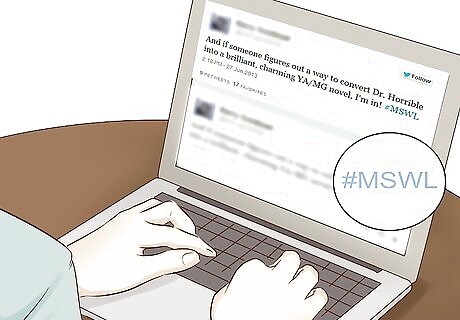
Use the hashtag #MSWL to find publishers. The hashtag stands for Manuscript Wish List. Type the hashtag into Twitter. The hashtag will lead you to agents and publishers accepting submissions. Scroll through the entries to find ones that are of interest to you. Visit the website of the publishing companies to find more information about their submission guidelines.
Submitting Your Work to a Publisher

Finalize your manuscript. Make sure your manuscript is double-spaced and written in a clear font like Times New Roman or Courier New. The font should also be in 10 to 12 pt. font. Number the pages and use 1-inch margins. Print your manuscript on high-quality paper.
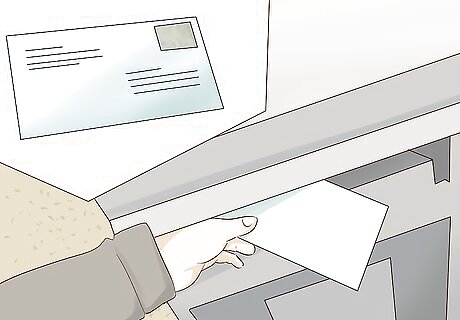
Send your query letter and manuscript per the editor’s specifications. Some publishers may want you to mail them your manuscript in a stationary box. If they do, place the query letter on top of your manuscript inside of the box. Use a packaging box at the post office to send your manuscript. Address the box to the editor that requested your manuscript. Provide a stamped, self-addressed envelope in the package for the editor to use in the event that they need to send your manuscript back to you. Alternatively, some publishers may want you to copy and paste your query letter and the first 3 chapters of your manuscript into the body of an email. Make sure the letter and manuscript are formatted properly in the email.

Wait for a response. It may take 2 months or longer until you hear back from an editor. While you may never hear back from some editors, others may send a rejection letter back within a week. While you are waiting, contact other publishers, or start working on a second story. If you receive a rejection letter, read the letter thoroughly. The editor may offer advice on where to send your manuscript, or they may critique your story. Make sure to take their advice and critiques into consideration.

Track your submissions on a spreadsheet. Write down the name of the publisher and the date you sent the submission. If you receive a rejection letter, write down the letter’s date. This way you can calculate how long the whole process took.

Avoid being discouraged. It is not uncommon to be rejected by a whole slew of publishing companies. This is a normal part of the process. The main difference between writers who get published and writers who don’t is perseverance. Tell yourself you can do it because you can! Judy Blume Judy Blume, Writer Rejection is part of the process. "I would cry when the rejections came in … but I would wake up in the morning optimistic and saying, ‘Well, maybe they didn’t like that one, but wait till they see what I’m going to do next.’ And I think you just have to keep going."
Promoting and Self-Publishing Your Work
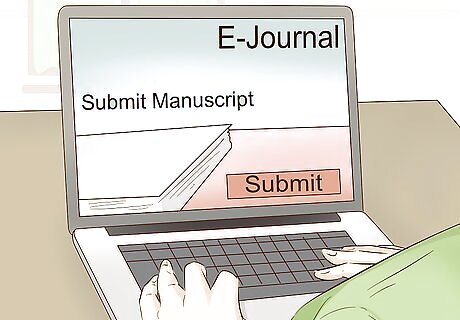
Submit excerpts of your book to a journal. You can submit short stories, poems, and excerpts of your book to literary journals that support emerging writers. While many journals tend to publish a wide range of work, it is still a good idea to look for publications that fit your genre and writing style. This will increase your chances of getting published. Double check the page limit before you make your submission. Some examples of journals that you can submit your work to are Canvas, Cicada, The Claremont Review, Stone Soup, Launch Pad, New Moon Girls, and many others.

Enter your work into a contest. A writing contest is another great way to get your work recognized and published. Many publications host writing contests. Publications typically publish their winners' work. Make sure to target publications that fit your genre and style of writing. Publications that host annual writing contests are 805, Amazing Kids eZine, Blue Marble Review, Creative Kids, Cricket Media, "Young Writers", and many more.

Self-publish your work. Some publications provide online platforms for young writers to self-publish their own work, like Figment and New Moon Girls. These platforms allow aspiring writers to create their own portfolios to showcase their work. This is a great way to meet other aspiring writers as well. Some of these online platforms require an annual membership fee of $25 to $30. Alternatively, check out independent publishing platforms like Lulu and CreateSpace. These sites allow you to create, publish, and sell your book all through their site.

Avoid publishing scams. If you decide to go the self-publishing route, be wary of publishing companies that use flattery and promises of greatness to get your business. Also, make sure to ask self-publishing companies how they plan to market your book. If press releases and listings in a catalog are their strategies, you may be better off marketing your book yourself. Additionally, don't let these companies fool you into thinking that obtaining an ISBN is difficult and costly. You can typically purchase an ISBN for $100 to $125. You can protect your copyright by registering your book with the Library of Congress online for $35.



















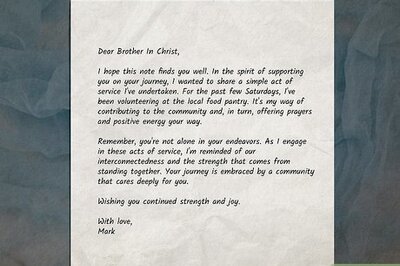
Comments
0 comment